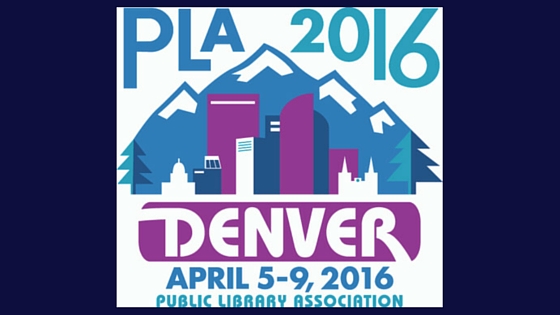Dispatches from PLA 2016: Understanding Microagressions

Dr. Myron Anderson believes he can stack the microaggressions he has endured from the ground to the sun, twice. In his role as chief diversity officer for MSU Denver, Myron keeps his PhD prominently on display in his office, yet people still assume that he does not hold one. Dr. Kathryn Young, assistant professor at MSU Denver, keeps her PhD stuffed in a coat closet. This difference illustrates that some people are assumed to belong in any given environment, while others will have to prove themselves more frequently and under more scrutiny than their peers.
This is just one of the poignant stories that emerged during the “Understanding Microaggressions: A Catalyst for Climate Change in the Workplace” session, which drew enough participants to fill four conference rooms to capacity late Friday afternoon. Examining our behavior and unconscious biases is a daunting task that can leave many feeling defensive, but this session created a lively, non-judgmental atmosphere that empowered participants to be critical and self-aware about the impact of their attitudes and language.
The panel employed skits, role-play, group discussions, hard data, and personal discussions to great effect. Care was taken to build foundational knowledge, defining microaggressions as “brief and commonplace indignities, whether intentional or unintentional, that communicate hostility or negative slights and insults that potentially have harmful or unpleasant psychological impact.” Those who identify and call out microaggressions by others can be labeled oversensitive; but this session showed how important it is to do just that.
Microaggressions that go unchecked can create stressors that weigh on a person over time, depleting their self-worth, productivity, and overall health. As Myron said, “It’s hard to be a productive worker when your psychic energy is used in analyzing the situation and determining whether you’re being too sensitive—when you are slapped in the face, the sting doesn’t go away.” This contributes to the organizational climate of a workplace—the events, messages, symbols, core beliefs, and other aspects of a community that creates a welcoming (or not-so-welcoming) environment. We were urged to consider, “What’s going on in your climate that makes people feel like they belong and want to come to work?”
Microaggressions are also fraught with power dynamics and subject to hierarchy. One audience member shared that as a children’s librarian, they were constantly being talked down to, with patrons and coworkers diminishing their expertise to simply “cutting things out” in preparation for craft activities. When the room was asked if they had experienced similar treatment, at least half of the participants raised their hands. Intersectionality also came into play, acknowledging that people are racialized and gendered, and they experience different levels of privilege and oppression within different environments.
Bearing this knowledge, groups worked to identify, explain, and resolve instances of microaggressions. There are no quick fixes—engaging with social justice is an ongoing, difficult practice. While much of this work falls to the receiver of microaggressions, it is possible to communicate with others how their unintentional slights were hurtful and then move on.
Everyone in attendance had multiple stories of being overlooked or diminished in their everyday lives—so many of us could reach the sun and back. We must push ourselves to honor each other, learn more, and to do better—for we all have so much work to do.
Tags: Dr. Kathryn Young, Dr. Myron Anderson, microaggressions, pla2016










